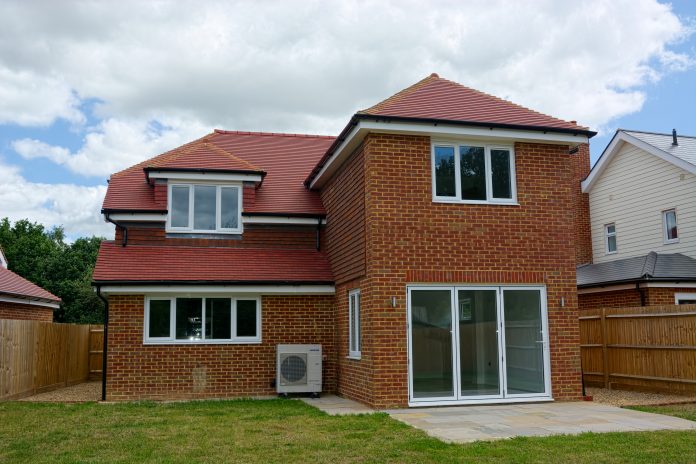New data on long-term unoccupied homes from the DLUHC and analysed by Action on Empty Homes shows a rise of 20,000 to 257,331
There are now nearly 260,000 long-term unoccupied homes across England, new data released from the Department of Levelling Up, Housing and Communities has revealed.
Analysed by Action on Empty Homes, the data showed a rise of 20,000 unoccupied homes to 257,331 total.
This is the highest level in over a decade, outside of the height of the pandemic (when the housing market was closed). It represents the highest non-pandemic-related number since 2011, a rise of 8% on 2021 and 14% on pre-pandemic numbers.
The latest Statutory Homelessness Annual Report, also produced by the DLUHC, found that 278,110 households were assessed as either being threatened with homelessness or already homeless in 2021-22.
A significant number of homes were out of regular residential use as ‘second homes’
Every region of Britain saw rises with the largest percentage rises spread around the regions.
In London the largest rise of 175% was in Tower Hamlets (numbers rose 960 to over 1,500 empties).
In Westminster numbers rose 130% to 1,185, against a background of a new administration in the council promising a clampdown on Airbnb and short lets in a borough that also features over 3,000 more empty ‘second homes’.
Spelthorne in the South East saw a 411% rise (also in the South East, Bracknell Forest saw a rise of 134%).
Herefordshire was up 192% in the West Midlands – where numbers rose across the region by 14% to nearly 30,000.
The London total rose by 9% to nearly 36,000 – while the capital saw a further 46,000 so-called furnished empties or second homes also recorded as having no residential usage.
In the South West the largest rise was a 111% increase in Mid Devon, while the region saw a rise of 15% to 23,000 with another 60,000 second homes also recorded as out of residential use – meaning at least one home in every 36 across the region was out of residential use on a long-term basis.
The number of unoccupied homes indicates a failure in housing policy, according to Action on Empty Homes
Chris Bailey, national campaign manager for Action on Empty Homes said, “After more than a decade of intense housing crisis it is shocking to see long-term empty homes in England rise to 257,331 – another 20,000 more wasted empties, while nearly 100,000 families are trapped in Temporary Accommodation, costing the nation over one and a half billion pounds a year.”
“A new national empty homes programme is long overdue – government needs to step up to the plate and offer funding and incentives to get these homes back into use.”
“Long-term empties are a huge missed opportunity to invest in green retrofit and create new jobs. ”
“Continued growth in long-term empty homes while our housing crisis intensifies sends a clear message, we are failing to meet housing need and failing to make best use of our existing homes.”
Director of Action on Empty Homes, Will McMahon, said,
“These figures are exceptionally worrying. We see an escalating housing crisis while the number of long-term empty homes keeps rising – that shows our housing policy failing. Today there are nearly 100,000 families languishing in overcrowded and temporary accommodation.
“Action on Empty Homes calls on Government to introduce a new national empty homes programme to create additional housing supply for those in most housing need, utilising properties currently left vacant or in need of renovation.”














